To provide the best experiences, we use technologies like cookies to store and/or access device information. Consenting to these technologies will allow us to process data such as browsing behaviour or unique IDs on this site. Not consenting or withdrawing consent, may adversely affect certain features and functions.
The technical storage or access is strictly necessary for the legitimate purpose of enabling the use of a specific service explicitly requested by the subscriber or user, or for the sole purpose of carrying out the transmission of a communication over an electronic communications network.
The technical storage or access is necessary for the legitimate purpose of storing preferences that are not requested by the subscriber or user.
The technical storage or access that is used exclusively for statistical purposes.
The technical storage or access that is used exclusively for anonymous statistical purposes. Without a subpoena, voluntary compliance on the part of your Internet Service Provider, or additional records from a third party, information stored or retrieved for this purpose alone cannot usually be used to identify you.
The technical storage or access is required to create user profiles to send advertising, or to track the user on a website or across several websites for similar marketing purposes.
 Business leaders need to improve the way they implement and communicate responsible workforce data strategies if they are to build the employee trust that will help generate sustained revenue growth, according to a new report from Accenture. The report, Decoding Organizational DNA, is based on qualitative and quantitative research, including global surveys of 1,400 C-level executives and 10,000 workers across 13 industries.
Business leaders need to improve the way they implement and communicate responsible workforce data strategies if they are to build the employee trust that will help generate sustained revenue growth, according to a new report from Accenture. The report, Decoding Organizational DNA, is based on qualitative and quantitative research, including global surveys of 1,400 C-level executives and 10,000 workers across 13 industries.
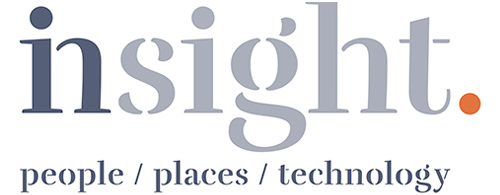
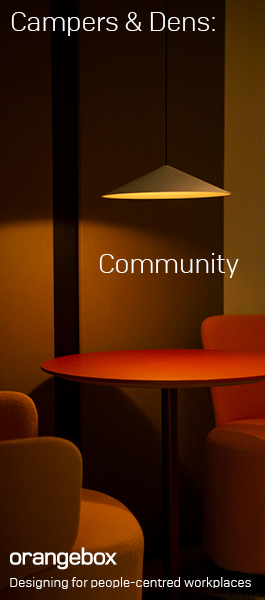







 Well over a third (40 percent) of UK businesses have experienced a cyber security breach or attack in the last 12 months, according to new government figures as it announces the UK is set to become a world leader in the race to eradicate some of the most damaging cyber security threats. The Business Secretary Greg Clark has promised that increased security and protections will be built into digital devices and online services with the help of up to £70 million in government investment through the Industrial Strategy Challenge Fund and backed by further investment from industry.
Well over a third (40 percent) of UK businesses have experienced a cyber security breach or attack in the last 12 months, according to new government figures as it announces the UK is set to become a world leader in the race to eradicate some of the most damaging cyber security threats. The Business Secretary Greg Clark has promised that increased security and protections will be built into digital devices and online services with the help of up to £70 million in government investment through the Industrial Strategy Challenge Fund and backed by further investment from industry.

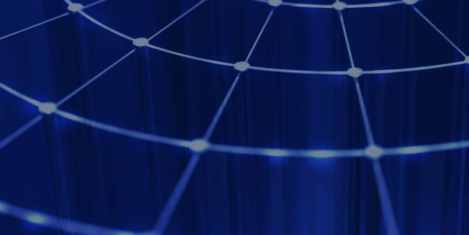









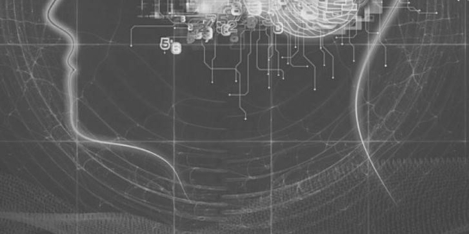

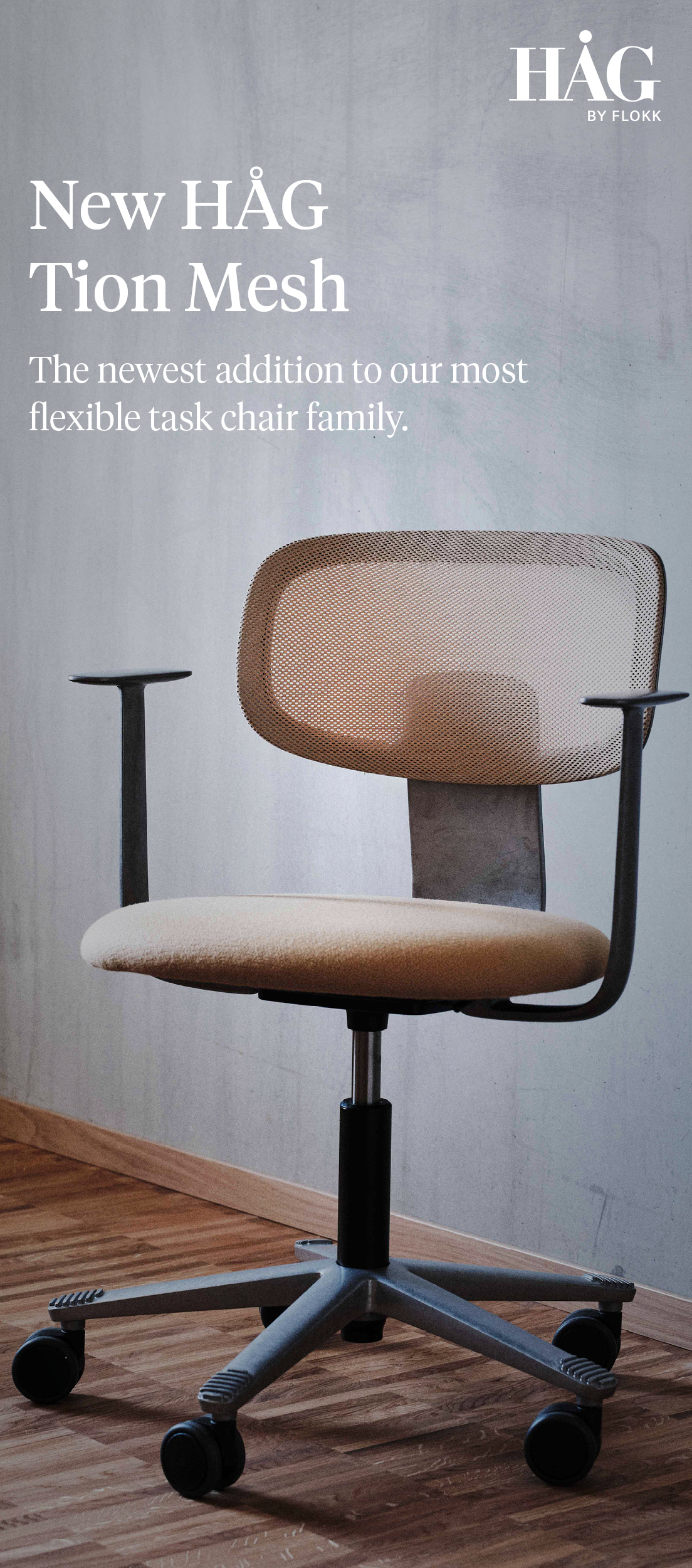
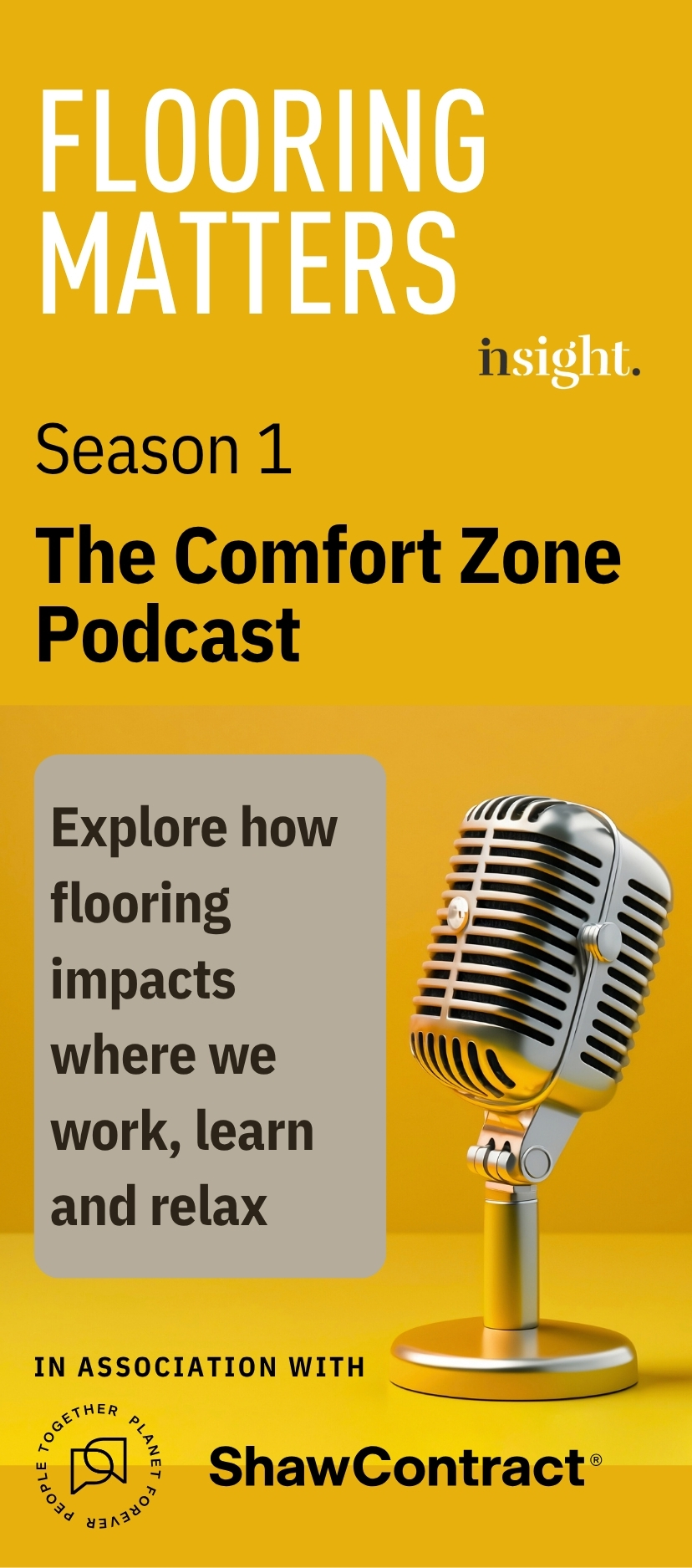






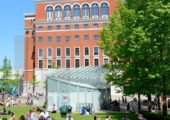
January 31, 2019
Get ready for the next wave of technological innovation, or get left behind
by Bruce Barclay • Comment, Facilities management, Property, Technology
(more…)